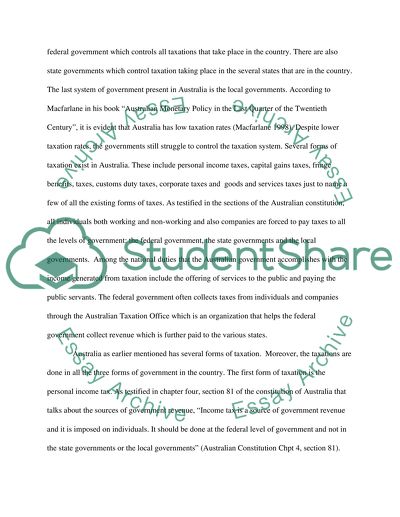Cite this document
(“Australian Taxation system Essay Example | Topics and Well Written Essays - 1500 words”, n.d.)
Australian Taxation system Essay Example | Topics and Well Written Essays - 1500 words. Retrieved from https://studentshare.org/finance-accounting/1474348-written-assignment-for-taxation
Australian Taxation system Essay Example | Topics and Well Written Essays - 1500 words. Retrieved from https://studentshare.org/finance-accounting/1474348-written-assignment-for-taxation
(Australian Taxation System Essay Example | Topics and Well Written Essays - 1500 Words)
Australian Taxation System Essay Example | Topics and Well Written Essays - 1500 Words. https://studentshare.org/finance-accounting/1474348-written-assignment-for-taxation.
Australian Taxation System Essay Example | Topics and Well Written Essays - 1500 Words. https://studentshare.org/finance-accounting/1474348-written-assignment-for-taxation.
“Australian Taxation System Essay Example | Topics and Well Written Essays - 1500 Words”, n.d. https://studentshare.org/finance-accounting/1474348-written-assignment-for-taxation.


